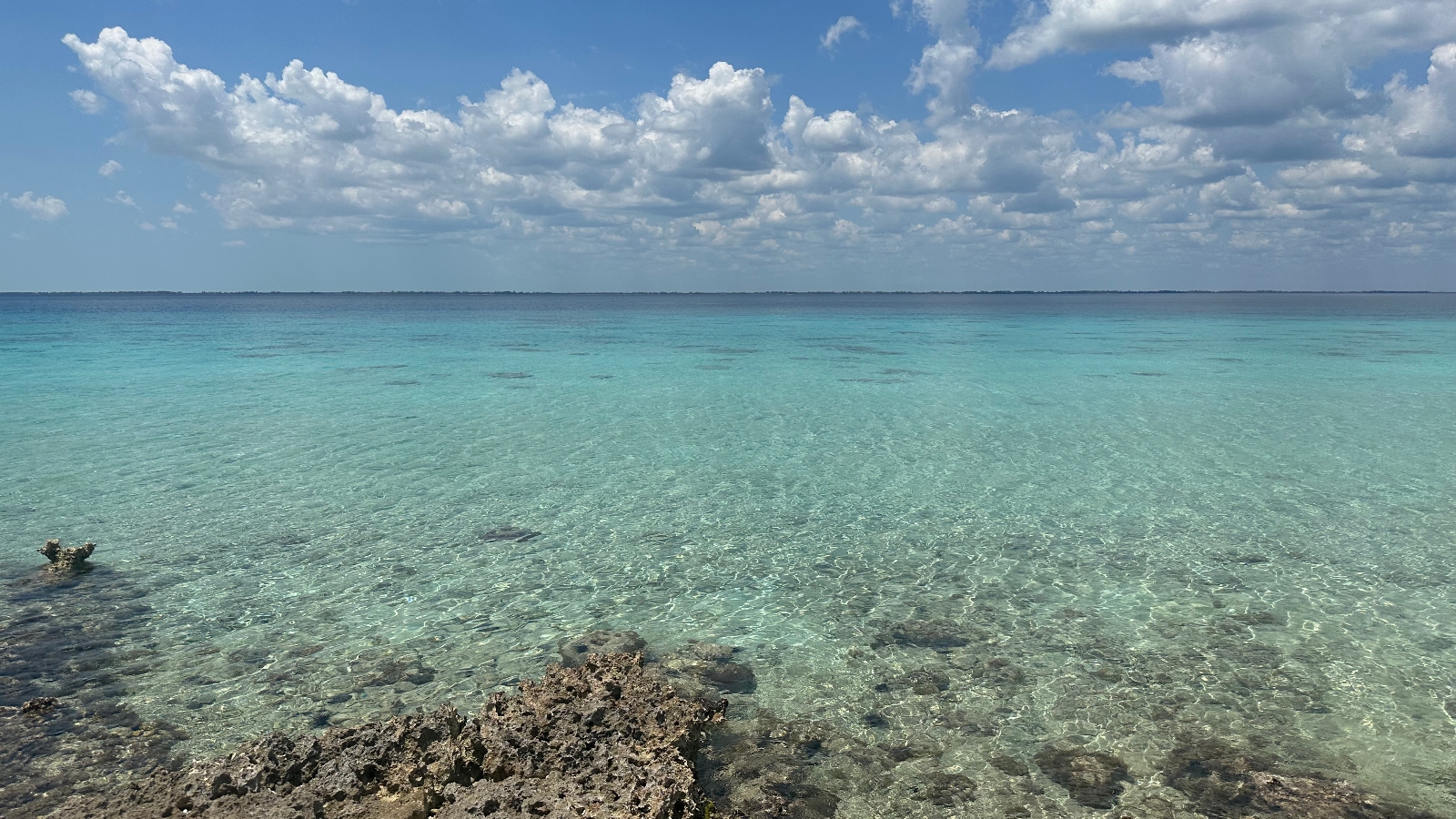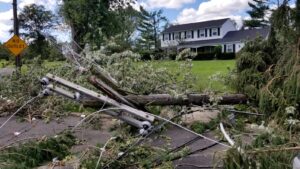
Limiting average global warming to 1.5 degrees Celsius, or 2.7 degrees Fahrenheit, above pre-industrial levels has been the gold standard for climate action since at least the Paris Agreement of 2015. A new scientific study published in the peer peer-reviewed journal Nature Climate Change, however, suggests that the world has unknowingly passed this benchmark in 2020. This would mean that the rate of warming is a full two decades ahead of projections by the Intergovernmental Panel on Climate Change, or IPCC, and that we will cross the 2-degree threshold in the next few years.
Even more surprising than the findings, perhaps, is the fact that they were derived from the study of sea sponges. A research team led by Professor Malcolm McCulloch from the University of Western Australia’s Oceans Institute analyzed sclerosponges, a primitive orange sponge species found clinging to cave roofs deep in the ocean. Sclerosponges grow extremely slowly – only a fraction of a millimeter per year – and can live for hundreds of years. This longevity is part of why they can be particularly valuable sources of climate data, as our understanding of ocean temperatures before 1900 is very hazy.
By taking samples from these sponges, McCulloch’s team was able to calculate strontium to calcium ratios, which could be used to infer water temperature back in the 1700s. These relationships were then mapped onto existing global average water temperature data so the team could fill in the gaps we have at the start of the industrial age, when humans began releasing large amounts of carbon dioxide into the atmosphere.
Given how well the information gleaned from the sponges matches the ocean temperature records of past decades, the researchers were able to support the extrapolation far into the past to show that the average ocean temperature was lower than the IPCC assumes.
This discrepancy is not the fault of the IPCC. Existing ocean temperature records only go back to the 1850s, when sailors threw buckets over the sides of their ships to measure the water temperature. The reliability of these older records is compromised by a number of factors, including the lack of a standardized procedure and the error of 19th century thermometers. Even beyond these shortcomings, the readings captured only surface water temperatures, which are highly variable and easily affected by weather, unlike temperatures from deeper in the ocean. Not only that, but that data was only collected along the major shipping routes of the time, meaning that only certain parts of the Northern Hemisphere were covered for many years.
Yet, until this week’s study, there were few alternative ways to determine the average global ocean temperature before widespread industrialization and widespread carbon pollution. This is why the IPCC takes its pre-industrial baseline from the period between 1850 and 1900, well after the start of the Industrial Revolution.
Ocean temperatures obtained from the sclerosponges used for the new study may be more reliable than documentary records for a number of reasons. For one, the sponges come from far below the surface ocean layer, in what is called the ocean mixed layer, where there is a constant tumult of water and the atmosphere. Much more consistent and reliable temperatures can be recorded in this part of the ocean, McCulloch told Grist. “There is no other natural variability except what comes from the atmosphere,” he said.
And because the sponges were sampled in the Caribbean, where major ocean currents like the Atlantic Meridional Overturning Circulation and the El Niño-Southern Oscillation don’t distort water temperatures, the heat differences they reveal can be more easily attributed to global warming patterns. “It essentially carries the ocean-warming signal very well,” McCulloch said of the study’s sample.
So why sponges? Much research has been done on coral – McCulloch himself spent most of his career on it – but coral does not lend itself well to temperature studies. “They’re actually pretty complicated animals to work with,” McCulloch said, “because they have a lot of biological control over how they take temperature.”
Sclerosponges, on the other hand, are simpler: They build their skeletons by pumping seawater in and out. “They don’t seem to be fiddling too much with the composition of the calcifying fluid,” McCulloch added. Moreover, they have already demonstrated their reliability in analyzes of carbon isotopes (used to track the burning of fossil fuels), and are found in the mixed layer of the ocean – the best place for the temperature analysis to happen.
The study began in earnest in 2013, and the more extensive sample collection was done in 2017, when divers were sent down to chisel sponges off the undersea walls. (They don’t like to be disturbed.) These specimens were cut in half, and McCulloch took his halves back to Australia in his luggage. Back in the lab, samples were taken from every 0.5 millimeter length of the sponges – the equivalent of about two years of the sponges’ lives – from the outer layer to the core. The samples were then tested for age with uranium serial dating, as well as the strontium to calcium ratios and for carbon and boron isotopes. (Boron is used to calculate pH levels.)
While the new paper may have persuaded skeptics of its findings at the peer review stage on its own, it is unlikely to overturn current consensus estimates of how much global warming has already occurred – about 1.2 degrees C, according to many current estimates. compared to the 1.7 degrees suggested by the new study, which is the first instrumental record of the pre-industrial ocean temperature.
“I would like to include more records before I claim a global temperature reconstruction,” said Dr. Hali Kilbourne, a geological oceanographer at the University of Maryland Center for Environmental Science, said. New York Times. With more research being undertaken — a team in Japan is looking at Okinawan sponges — we may soon have those records.






